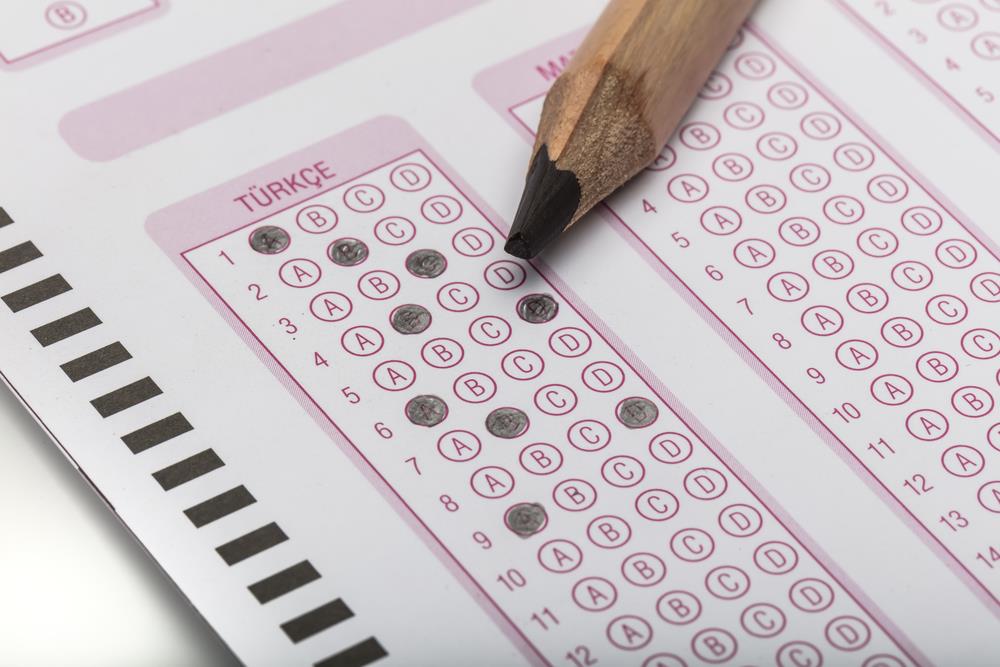Culinary Arts

Introductory Offer

Refer a Friend
Learning Objectives
On completion of this course:
You learn about the origins of the culinary arts. You’ll explore the key developments that influenced the evolution of the culinary arts. You’ll learn about the important contributions made by famous chefs and notable culinary figures. You’ll also learn about some historic events that influenced the growth of the culinary arts. You will learn about the development of the culinary arts as a profession. Finally, you’ll learn about opportunities for learning and growth as a professional in the culinary arts.
two chefs at work in a kitchen










Learning Objectives
On completion of this course:
You’ll explore the food service industry and learn about the different types of food service. You’ll also learn about the economic and social significance of the food service industry.










Learning Objectives
On completion of this course:
You’ll explore popular international cuisines. You’ll also examine the factors that influenced the development of those cuisines. Finally, you’ll discuss cultures and traditions related to food.










Learning Objectives
On completion of this course:
You’ll learn the basic concepts of nutrition. You’ll distinguish between essential and non-essential nutrients. You’ll also examine the functions of macronutrients and micronutrients and discuss the effects of inadequate and excess nutrients in the body. Finally, you’ll discuss and evaluate various sources of nutrition information.










Learning Objectives
On completion of this course:
You’ll learn about the importance of a healthy diet. In addition, you’ll learn how to plan menus for special dietary needs. You’ll also evaluate recipes for nutritional content. Finally, you’ll analyze food labels.










Learning Objectives
On completion of this course:
You’ll learn about common cooking tools, small and large equipment, utensils, and appliances used in commercial kitchens. You’ll explore how to use, maintain, and store knives correctly and safely. You’ll also learn how to clean, sanitize, and maintain equipment and appliances. Finally, you’ll learn about protective equipment you should utilize when using certain types of kitchen equipment.










Learning Objectives
On completion of this course:
You’ll learn good practices for safe and hygienic storage of raw, dry, and cooked food items. You’ll examine the difference between physical, biological, and chemical hazards in food service establishments. You’ll describe contamination, cross-contamination, and danger zone. You’ll explore the four steps to food safety. And lastly, you’ll identify common foodborne illnesses, their causes and contamination, and evaluate standard procedures to prevent and contain them.










Learning Objectives
On completion of this course:
You’ll have a look at the possible hazards that can occur when working in a commercial kitchen and the ways to prevent these accidents. You’ll learn about food safety laws.You’ll understand safe procedures for waste disposal and recycling.






Learning Objectives
On completion of this course:
You will describe taste, texture, aroma, appearance and flavor of various foods. You'll list factors to evaluate a food product objectively. You'll also discuss the factors that determine individual likes and dislikes in food. Additionally, you'll analyze the factors that give each ingredient its unique flavor. Finally, you'll look at the factors used to enhance the taste and appearance of food.










Learning Objectives
On completion of this course:
You’ll learn about different methods used to prepare food. You’ll learn about dry cooking and wet cooking methods. You’ll also learn how to select the appropriate cooking method based on various factors, such as the preparation time, taste, available ingredients, and the nutrition you want to provide.










Learning Objectives
On completion of this course:
You’ll learn about the importance of organization in food preparation. You will learn about kinds of preparation methods and the measures and weights needed for consistent results. You will also learn about the kinds of recipes you may encounter in a commercial food service.










Learning Objectives
On completion of this course:
You will learn the main ingredients that go into making a stock. You’ll learn how to prepare white stock, brown stock, fish stock, and vegetable stock. You’ll also learn about the five main mother sauces and their uses. Finally, you’ll learn how to prepare some classic and popular soups.










Learning Objectives
On completion of this course:
You will learn about a variety of cheeses and how to serve them. You’ll learn how to make salads and salad dressing keeping in mind texture, color, and flavor. You’ll also learn to make some classic and popular appetizers.










Learning Objectives
On completion of this course:
You’ll discuss various items that are popular breakfast choices in the India. Further, you’ll explore the different types of sandwiches as well as beverages that are top favorites in the India.










Learning Objectives
On completion of this course:
We will cover the impact grains and starches play in the food industry. We will understand the types of grains and starches and their nutritional benefits. We will understand the origins and types of pasta and pasta sauces. We will identify ways to prepare and cook potatoes.










Learning Objectives
On completion of this course:
You’ll learn to recognize a variety of seafood from finfish to shellfish. You will learn how to prepare popular seafood items in a variety of ways.










Learning Objectives
On completion of this course:
You’ll learn about the varieties of poultry and how to prepare delicious marinades to enhance their flavor.










Learning Objectives
On completion of this course:
You’ll learn about the different types of meat and identify the different cuts of meat. You’ll also learn different techniques to tenderize meats and select the appropriate cooking methods for different types of meat. Finally, you’ll describe the step-by-step procedures for cooking some popular meat dishes.










Learning Objectives
On completion of this course:
You’ll learn about different varieties of vegetables and fruits. You’ll also learn about the different types of cuts to use on these ingredients. In addition, you’ll explore the various ways to cook vegetables and fruits. Finally, you’ll learn the procedures for preparing some dishes that have vegetables or fruits as the main ingredient.










Learning Objectives
On completion of this course:
You’ll learn about the different types of flours, liquids, and leavening agents used for baking. You’ll also learn about various baking techniques. Finally, you’ll learn about some solutions to commonly faced problems while baking.










Learning Objectives
On completion of this course:
Learn about the factors that influence menu planning. You’ll also learn how to calculate the cost of a menu. Finally, you’ll analyze the different considerations to keep in mind while designing the menu.










Learning Objectives
On completion of this course:
You’ll discuss different types of table settings and services. You’ll examine different serving styles such as à la carte, seated, and buffet. You’ll also discuss factors to consider when plating food. Finally, you’ll describe customer service techniques in formal and informal food service establishments.










Learning Objectives
On completion of this course:
Learn about aspects of customer service, such as promptness, food presentation, portion control, and arrangement. You’ll identify critical points of interaction with staff that influence customer opinions about restaurants. You’ll examine staff traits, behavior, and techniques that lead to customer satisfaction in restaurants. You’ll review guidelines for hosts, servers, and bussers to ensure quality service. You’ll also apply principles of ethics and professionalism to specific situations in the food and beverage industry. In addition, you’ll identify ways in which management and employees can meet the needs of diverse customers. Finally, you’ll examine strategies to prevent and deal with customer complaints.










Learning Objectives
On completion of this course:
Learn about organizational goals, structures, and cultures in various types of food service establishments. You’ll also learn about the laws that apply to food service establishments. You’ll examine systems such as point-of-sale systems, computer programs for purchasing and inventory control, and various technologies commonly used in food service establishments. Finally, you’ll learn about security procedures used in food service establishments to prevent liability and loss.










Learning Objectives
On completion of this course:
Learn about some of the fundamental workings of the kitchen management team, including the different tasks involved in managing a professional kitchen. You’ll also learn about the different procedures and technology that is used for ordering and managing inventory. Finally, you’ll learn what a professional kitchen design looks like.










Learning Objectives
On completion of this course:
Learn about various careers in the food service industry.









